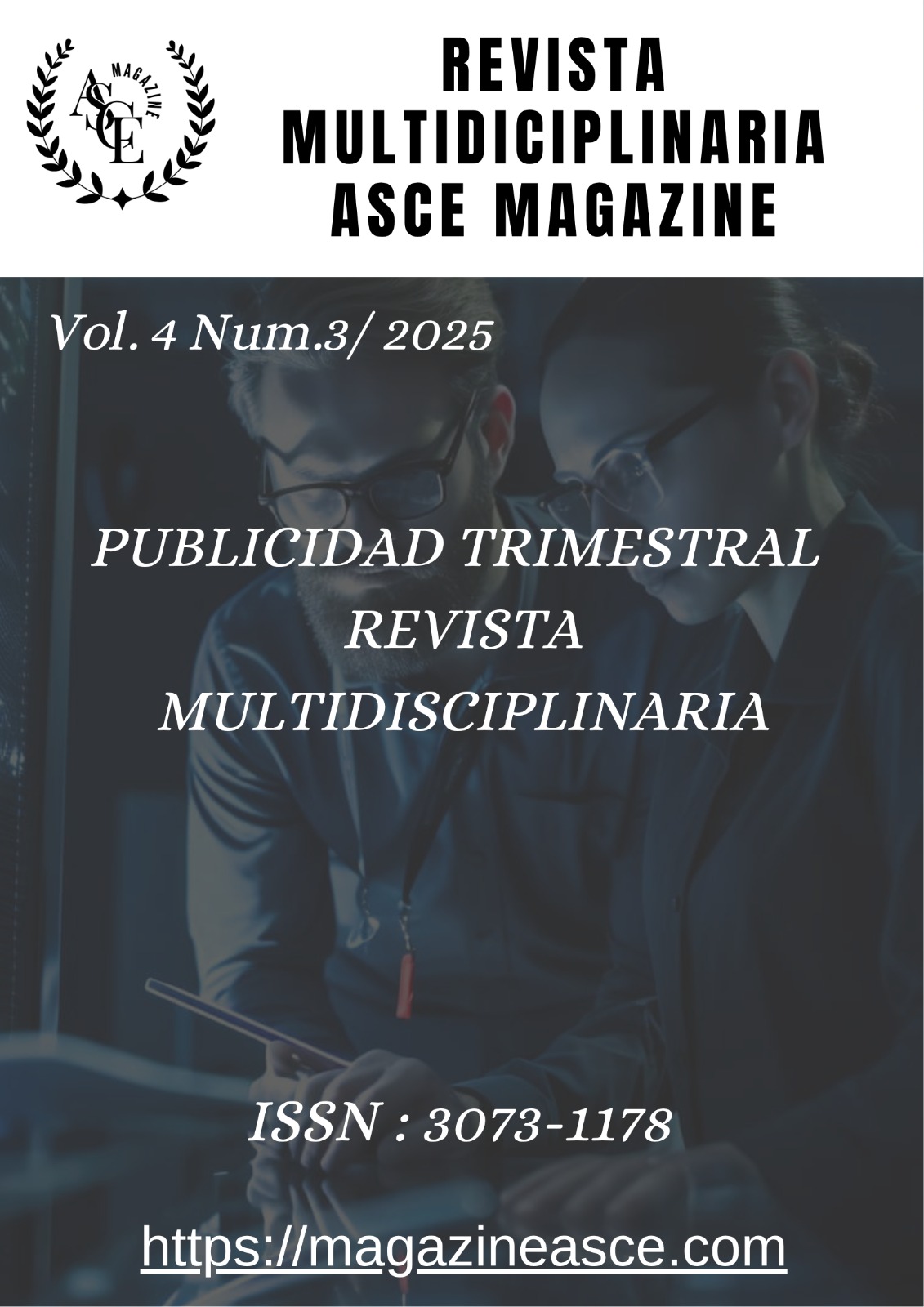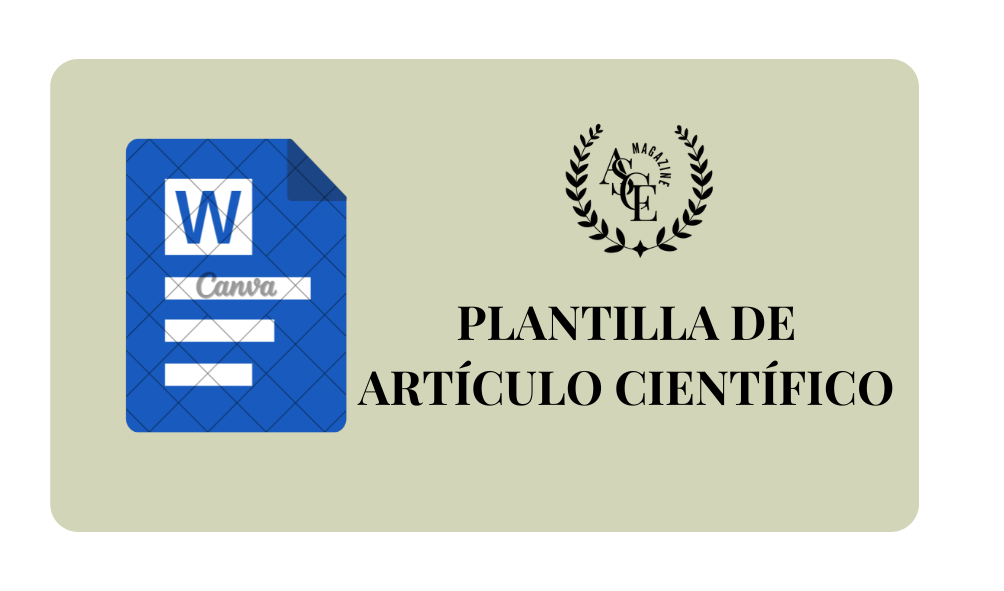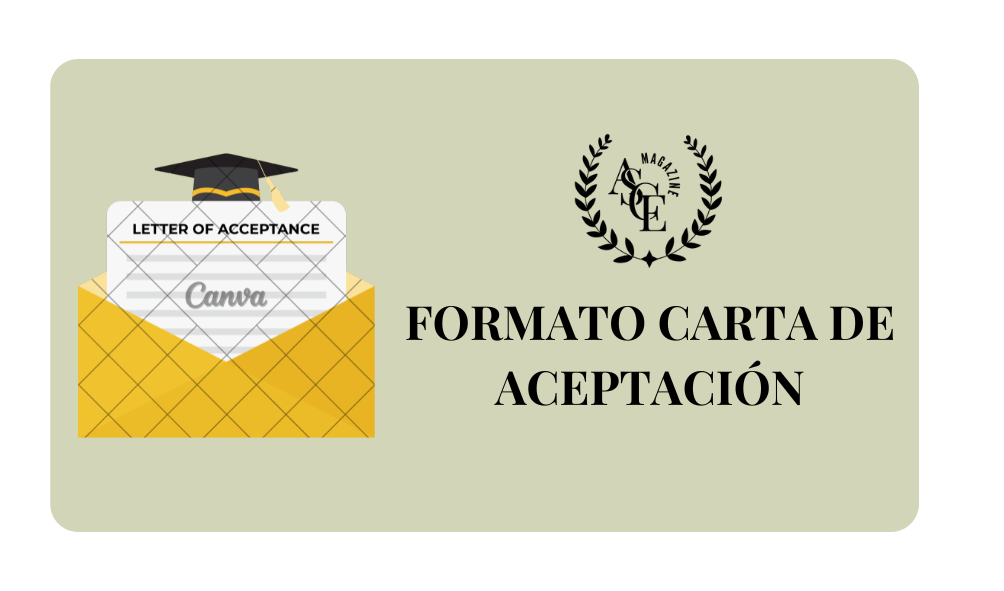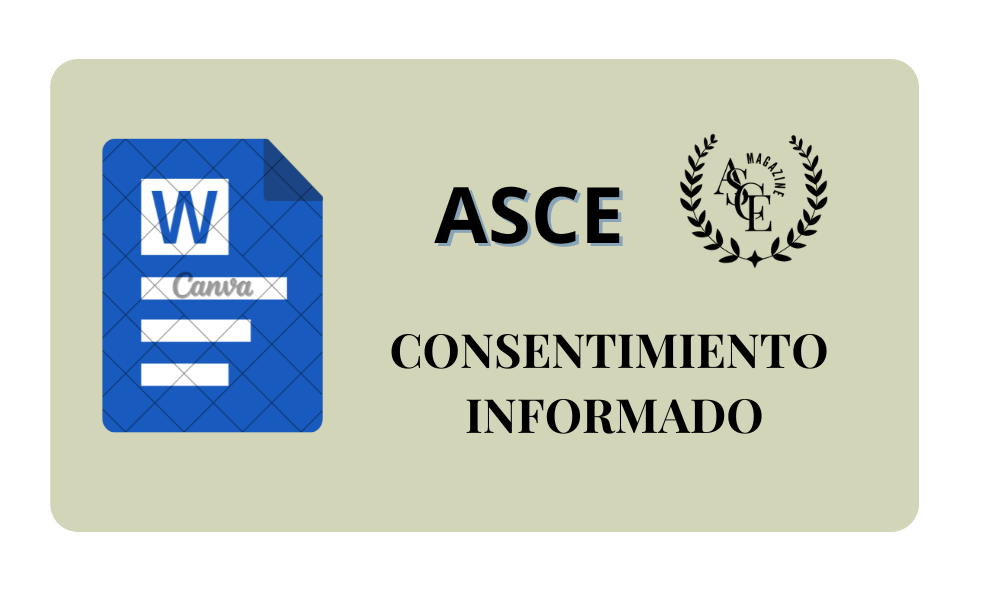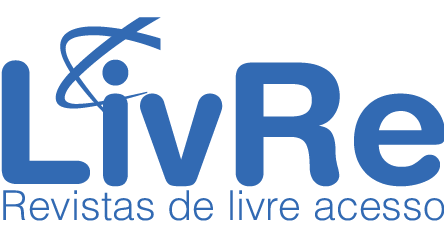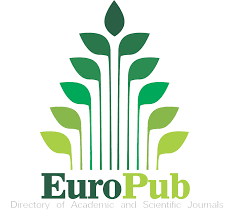Business intelligence model applied to a collection system for drinking water management boards
DOI:
https://doi.org/10.70577/ASCE/1.16/2025Keywords:
Administration; Data analysis; Water consumption; Business intelligence; Drinking water boards; User monitoringAbstract
Drinking water companies have a responsibility to efficiently supply and manage resources. The objective of the research was to analyze the potential impact of a business intelligence model applied to a collection system for drinking water management boards. The research was developed through a non-experimental design, using a database from a water board in the Latacungacanton; the variables evaluated were: average user who consumes the most water, users with inactive and suspended service, readings by state, total users with an assigned 2023 rate, and the top 5 partners with high water consumption; the data obtained were analyzed in Microsoft Excel. There were 10 users with the highest consumption, with the most representative consumption values being 18.69; 13.52; and 11.84% of the board's total supply. At the same time, there were 10 users with inactive service and 8 with suspended service; identifying pending readings (5.7%), collected (89.82%), and entered (4.45%); it was learned that all users retainthe assigned 2023 rate. 5 partners stood out whose water consumption exceeded 30 cubic meters, with only one user consuming 96.49% of the collected water. Mass consumption of drinking water was concentrated among a small group of users; furthermore, due to the lack of available technologies, there is no direct monitoring of users. Therefore, it is essential to implement systematized processes and user monitoring.
Downloads
References
Adedeji, K., Ponnle, A., Abu-Mahfouz, A., y Kurien, A. (2022). Hacia la digitalización de los sistemas de abastecimiento de agua para el desarrollo sostenible de ciudades inteligentes: Agua 4.0. Ciencias Aplicadas, 12(18), e9174.
Agencia de Regulación y Control del Agua - ARCA. (2023). Guía técnica para la fijación de tarifas de los servicios de agua potable. https://bit.ly/4dWwQwb
Asamblea Nacional. (2021). Ley orgánica de protección de datos personales. https://www.finanzaspopulares.gob.ec/wp-content/uploads/2021/07/ley_organica_de_proteccion_de_datos_personales.pdf
Chukwuani, V., y Egiyi, M. (2020). Automatización de procesos contables: el impacto de la inteligencia artificial. Revista Internacional de Investigación e Innovación en Ciencias Sociales (IJRISS), 4(8), 444-449.
Di Mauro, A., Cominola, A., Castelletti, A., y Di Nardo, A. (2021). Urban water consumption at multiple spatial and temporal scales. A review of existing datasets. Water, 13(1), e36. DOI: https://doi.org/10.3390/w13010036
Hasan, A. (2021). Artificial Intelligence (AI) in accounting & auditing: A Literature review. Open Journal of Business and Management, 10(1), 440-465. DOI: https://doi.org/10.4236/ojbm.2022.101026
Hatamlah, H., Allahham, M., Abu-AlSondos, I., Al-junaidi, A., Al-Anati, G., y Al-Shaikh, M. (2023). The role of business intelligence adoption as a mediator of big data analytics in the management of outsourced reverse supply chain operations. Applied Mathematics & Information Sciences, 17(5), 897-903. DOI: https://doi.org/10.18576/amis/170516
Hommerová, D., y Severová, L. (2019). Fundraising of nonprofit organizations: Specifics and new possibilities. Journal of social service Research, 45(2), 181-192. DOI: https://doi.org/10.1080/01488376.2018.1479678
Hrudey, S., Hrudey, E., y Pollard, S. (2006). Gestión de riesgos para garantizar agua potable segura. Environment International, 32(8), 948-957. DOI: https://doi.org/10.1016/j.envint.2006.06.004
Ingram, W., y Memon, F. (2020). Patrones de recolección de agua rural: Combinación de datos de medidores inteligentes con experiencias de usuario en Tanzania. Water, 12(4), e1164. DOI: https://doi.org/10.3390/w12041164
Li, J., Yang, X., y Sitzenfrei, R. (2020). Replanteando el marco del sistema de agua inteligente: Una revisión. Water, 12(2), e412. DOI: https://doi.org/10.3390/w12020412
Madrigal, R., Alpízar, F., y Schlüter, A. (2011). Determinants of performance of community-based drinking water organizations. World Development, 39(9), 1663-1675. DOI: https://doi.org/10.1016/j.worlddev.2011.02.011
Miller, J., Workman, C., Panchang, S., Sneegas, G., Adams, E., Young, S., y Thompson, L. (2021). Water security and nutrition: current knowledge and research opportunities. Advances in Nutrition, 12(6), 2525-2539. DOI: https://doi.org/10.1093/advances/nmab075
Monks, I., Stewart, R., Sahin, O., y Keller, R. (2019). Revealing unreported benefits of digital water metering: Literature review and expert opinions. Water, 11(4), e838. DOI: https://doi.org/10.3390/w11040838
Mueller, J., y Gasteyer, S. (2021). The widespread and unjust drinking water and clean water crisis in the United States. Nature Communications, 12(1), e3544. DOI: https://doi.org/10.1038/s41467-021-23898-z
Murikah, W., Nthenge, J., y Musyoka, F. (2024). Sesgo y ética de los sistemas de IA aplicados a la auditoría: una revisión sistemática. Scientific African, e02281. DOI: https://doi.org/10.1016/j.sciaf.2024.e02281
Noordin, N., Hussainey, K., y Hayek, A. (2022). El uso de la inteligencia artificial y la calidad de la auditoría: Un análisis desde la perspectiva de los auditores externos en los EAU. Journal of Risk and Financial Management, 15(8), e339. DOI: https://doi.org/10.3390/jrfm15080339
Seelen, L., Flaim, G., Jennings, E., y Domis, L. (2019). Saving water for the future: Public awareness of water usage and water quality. Journal of environmental management, 242, 246-257. DOI: https://doi.org/10.1016/j.jenvman.2019.04.047
Senna, D., Moreira, V., Amaral, M., de Paula, E., Pereira, L., Batista, R., y Rezende, S. (2023). Industry 4.0 as a strategy to contribute to the water supply universalization in developing countries. Journal of Environmental Chemical Engineering, 11(6), e111198. DOI: https://doi.org/10.1016/j.jece.2023.111198
Srivastava, G., y Venkataraman, R. (2022). A review of the state of the art in business intelligence software. Enterprise Information Systems, 16(1), 1-28. DOI: https://doi.org/10.1080/17517575.2021.1872107
Wolf, J., Johnston, R., Ambelu, A., Arnold, B., Bain, R., Brauer, M., y Cumming, O. (2023). Burden of disease attributable to unsafe drinking water, sanitation, and hygiene in domestic settings: a global analysis for selected adverse health outcomes. The Lancet, 401(10393), 2060-2071. DOI: https://doi.org/10.1016/S0140-6736(23)00458-0
Young, S., Boateng, G., Jamaluddine, Z., Miller, J., Frongillo, E., Neilands, T., y Stoler, J. (2019). The Household Water InSecurity Experiences (HWISE) Scale: development and validation of a household water insecurity measure for low-income and middle-income countries. BMJ global health, 4(5), e001750. DOI: https://doi.org/10.1136/bmjgh-2019-001750
Zavala, L., y Valencia, M. (2021). Calidad del servicio y su relación con la satisfacción al cliente en la empresa pública de agua potable del cantón Jipijapa. Polo del Conocimiento: Revista científico-profesional, 6(4), 570-591.
Downloads
Published
How to Cite
Issue
Section
License
Copyright (c) 2025 Luis René Quisaguano Collaguazo , Gladys Geoconda Esquivel Paula, Jonathan Ariel Oña Ninasunta, Boris Adrián Tibán Cando

This work is licensed under a Creative Commons Attribution-NonCommercial-NoDerivatives 4.0 International License.

